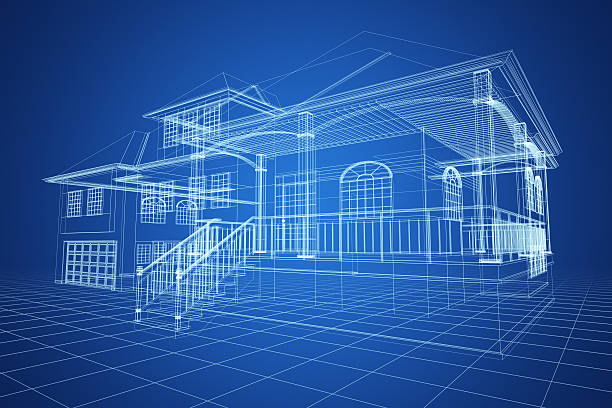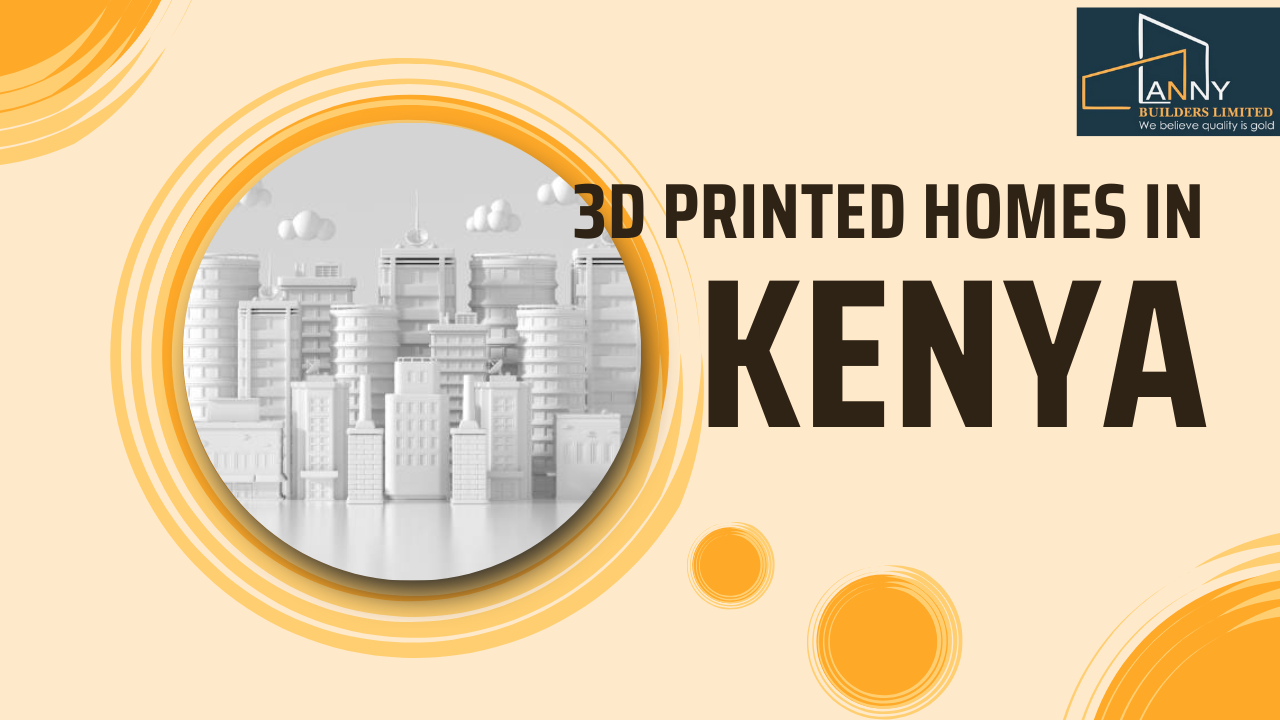I’ve worked construction long enough to see the industry shift—new machines, new materials, new shortcuts. But 3D-printed homes? That sounds like something straight out of a sci-fi movie. Yet, it’s happening. Not in some distant future, but right now. The big question is: Can Kenya embrace this technology, or will it remain another futuristic dream?

What Exactly is a 3D-Printed Home?
Forget bricks and mortar. 3D-printed houses are built using massive robotic printers that layer concrete, plastic, or other materials to form walls. It’s faster, cheaper, and, believe it or not, even stronger than some of the structures we put up the traditional way. In places like the U.S., China, and even parts of Africa, companies are already printing entire homes in a matter of days.

Why Would Kenya Even Consider 3D-Printed Housing?
Kenya’s construction industry is not for the faint-hearted. Cement prices swing like a Nairobi matatu on Thika Road. Steel prices? Even worse. Then there’s the never-ending struggle with unskilled labor, delays, and corruption eating into project budgets.
3D printing offers an alternative:
- Speed – Imagine finishing a house in under a week instead of months.
- Lower Costs – Fewer workers, less wasted materials, and no middlemen taking their cut.
- Stronger Structures – Designed to withstand harsh conditions, some 3D-printed houses have better durability than traditional builds.
- Eco-Friendly – Less waste, less timber use, and lower carbon emissions.
With Kenya’s growing demand for affordable housing, this could be the game-changer we’ve been waiting for.

But Are We Ready?
Before we start daydreaming about 3D-printed estates in Nairobi and Kisumu, let’s be honest: Kenya’s construction industry isn’t exactly welcoming to change. There are some big obstacles in the way.
1. The Fear of Job Losses
Picture this: A machine prints an entire house, and fundis, masons, and site workers are left with nothing to do. The industry employs hundreds of thousands, and the fear of being replaced by technology is real. If we’re to embrace 3D printing, there has to be a way to integrate workers rather than replace them.
2. Skepticism About Durability
Most Kenyans still believe in the old-school way of building: solid concrete, steel reinforcements, and hands-on masonry work. Convincing people that a “printed house” can last as long (or longer) than a regular house will take time.
3. High Initial Investment
These 3D printers don’t come cheap. Importing, maintaining, and running them requires serious capital. Who will fund this? Will developers and the government be willing to take the risk?
4. Regulatory Barriers
Kenya’s building codes were written with cement and steel in mind. Would the government even approve 3D-printed homes? Bureaucracy is a monster, and getting new technologies past regulators is never a smooth ride.

Where Do We Go From Here?
Kenya has a history of taking its time to adopt new building technologies. But 3D printing isn’t just another trend—it’s a global shift. If we ignore it, we’ll be left behind while other nations build faster, cheaper, and better.
So, what needs to happen?
- Pilot Projects – Start small, maybe a few test homes in counties struggling with housing shortages. Show Kenyans that this isn’t a gimmick.
- Government Buy-In – If the government can push for affordable housing, it can push for 3D printing. Policy adjustments, tax incentives, and funding could drive adoption.
- Skills Development – Instead of replacing workers, we train them to operate and maintain these machines. Jobs may change, but they don’t have to disappear.
- Public Awareness – The more people understand the benefits, the more likely they are to accept the shift.

Final Thought: Is Kenya Ready?
The potential is massive. The demand is there. But readiness? Not yet. What’s clear is that 3D printing is not a question of “if” but “when.” The sooner we embrace it, the sooner we solve some of our biggest housing challenges. The industry needs bold pioneers, forward-thinking developers, and policies that allow innovation to thrive.
So, is Kenya ready for 3D-printed homes? Maybe not today. But if we wait too long, we might wake up to find other countries leading the way—while we’re still stuck mixing cement the old-fashioned way.
